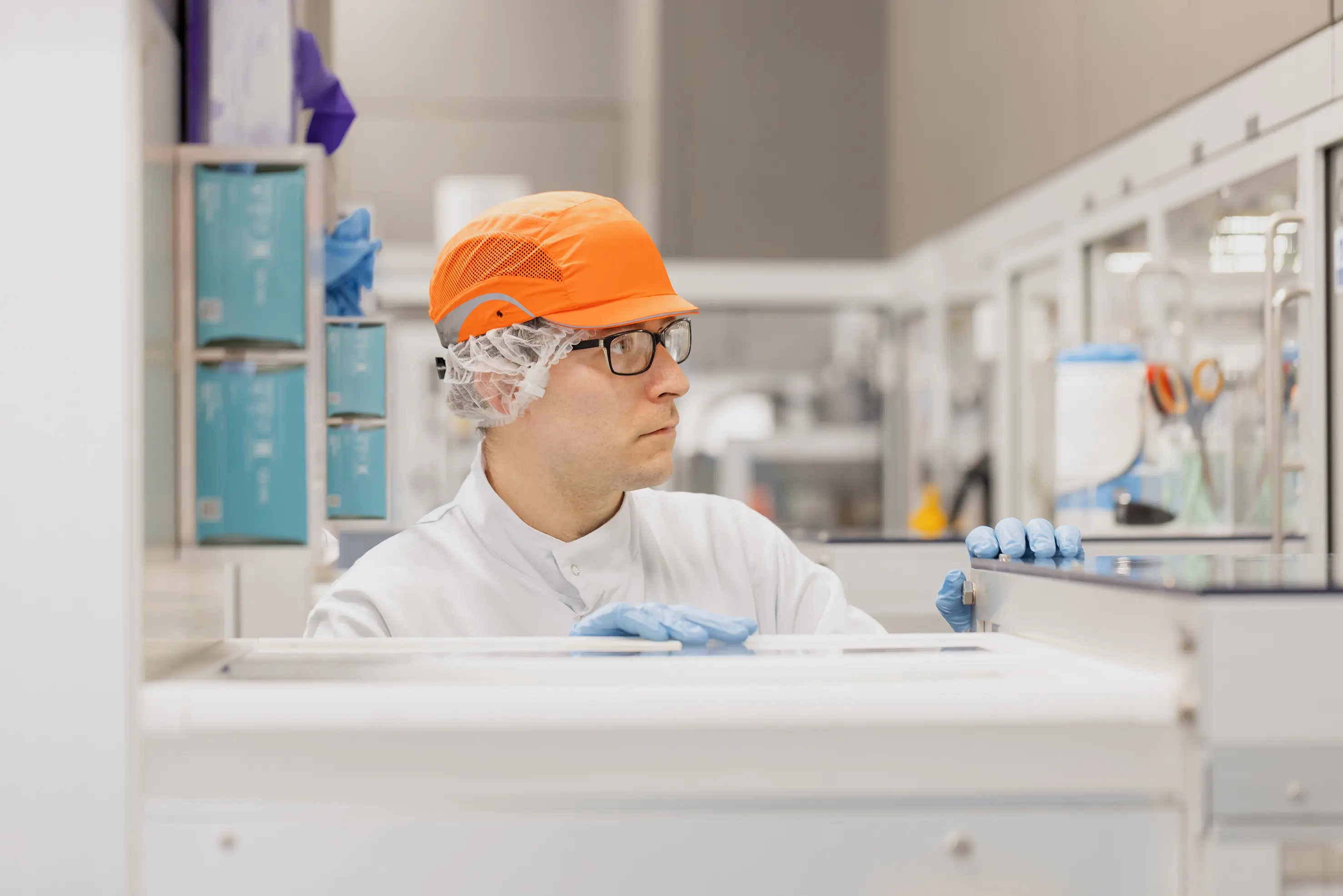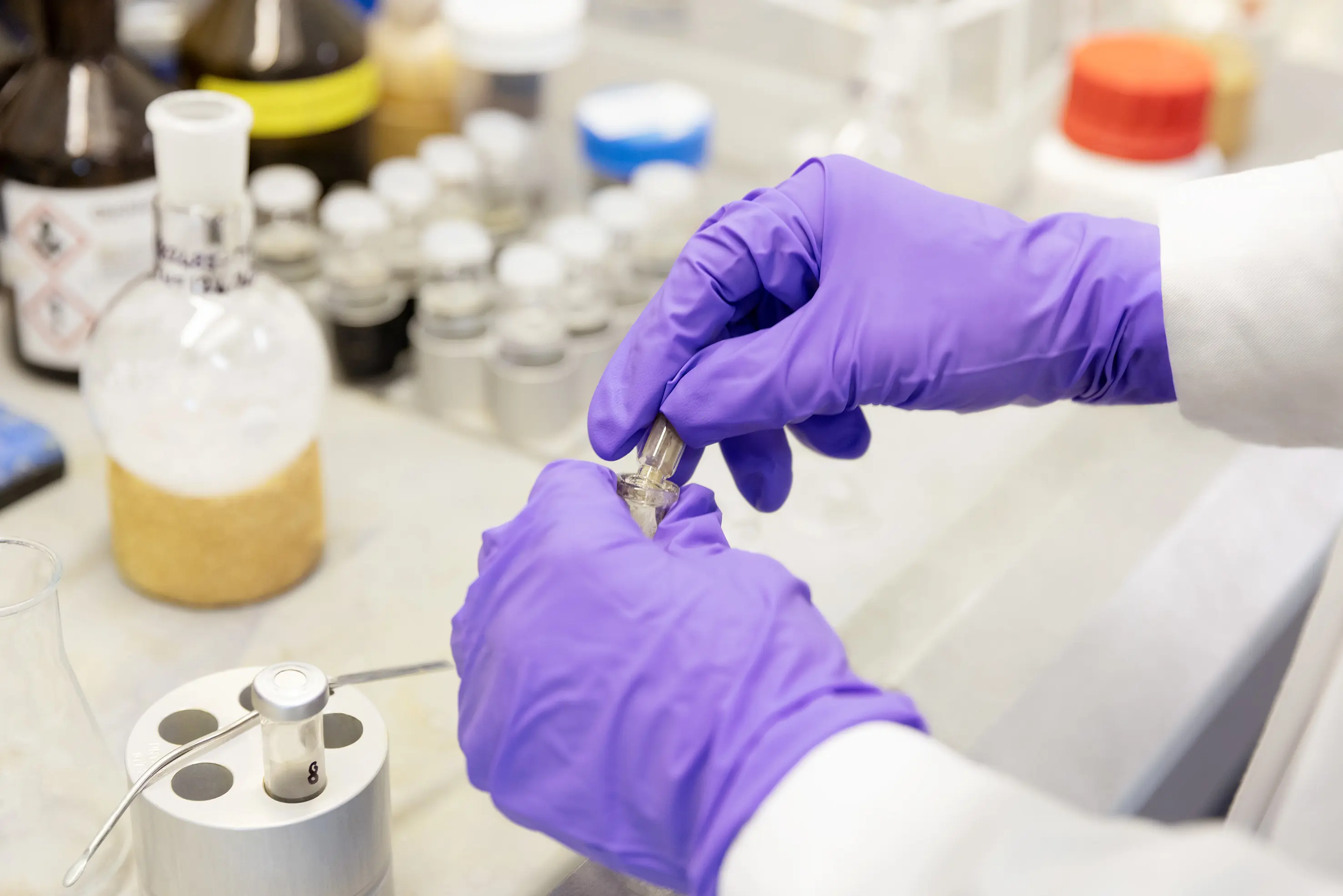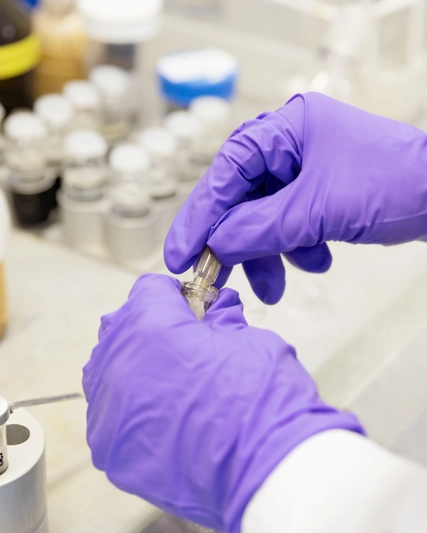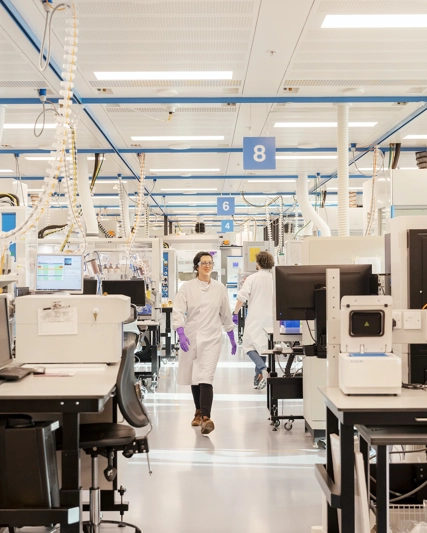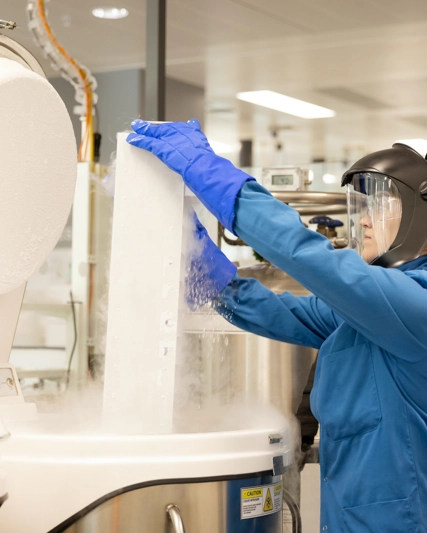Antibiotics are a cornerstone of modern healthcare. As medicines to help combat infection, they treat illnesses ranging from the commonplace to life-threatening, as well as helping to reduce risks associated with cancer treatment, surgery, and childbirth. [1] [2]
But the cornerstone is crumbling. Antibiotics are becoming less effective due to bacteria evolving to become more resistant to drugs, a process referred to as “antimicrobial resistance” or AMR.[3] AMR is compounded by misuse and overuse of antibiotics in both humans and animals.[3] [4]
In 2019, it was predicted that 1.27 million deaths worldwide would be directly attributed to antibiotic resistance. [5] Left unchecked, the death toll could rise to 10 million a year by 2050.[4] “As we begin to emerge from COVID-19 and think about how to better protect ourselves against infectious disease, the time to tackle AMR is now,” says John Billington, head of health security and infectious disease policy and advocacy, GSK.
As a global community, we have a moment to reset – a window of opportunity to redouble our scientific and political efforts to avoid AMR becoming the next pandemic.
So why are there not enough new antibiotics?
Despite the consequences of AMR, there is a lack of new antibiotics making it to market and the current pipeline is widely recognised as insufficient. For example, there are currently approximately 40 antibiotics in clinical development, of which only a handful are considered novel, and only one new class of antibiotics has been launched in recent decades.[6]
Developing new antibiotics is very difficult, both scientifically and financially.[7] Research and development of any new medicine or vaccine is high-risk, despite significant investment and expertise. The development of antibiotics presents particular scientific challenges. Bacteria alter to avoid attacks from environmental threats. They rapidly adapt to hostile environments, can double every 20 minutes and have mastered the art of antibiotic resistance.[8][9]
This often creates the need for very large doses of antibiotics to ensure bacteria are effectively killed; but it is very difficult to discover medicines that are both highly effective and sufficiently safe at these high doses.[10]
And there’s a financial quandary. To help stave off resistance, new antibiotics created today are often held in reserve and used sparingly. This means that pharmaceutical companies do not tend to recover their costs in researching and developing these medicines,[7][11] stifling future investment.
What happens now?
“COVID-19 has taught governments and innovators two critical lessons when it comes to tackling AMR and infectious disease across the board,” says John. “First, time is not on our side – for many, antibiotics may be effective, but we cannot afford to wait while AMR continues to accelerate at pace.”
“Second, we need to draw on the full gamut of our scientific firepower including antibiotics, vaccines, and other potential complementary interventions like monoclonal antibodies.”
At GSK, our history in developing and supplying antibiotics goes back more than 70 years.[16] Where some other companies have scaled back their antibiotic research, we have continued to search for new tools to prevent and mitigate infectious disease – and get ahead of AMR.
As well as investigating potential therapies, we currently have several vaccines programmes in clinical development to investigate their potential to help combat AMR. Vaccines can help with sustaining protection against resistance because they help prevent infections occurring in the first place, as well as transmission of bacteria that are already resistant (or becoming resistant) to existing therapies.[17][18]
Over the past two years, we have more than doubled our vaccines research programmes that could help fight AMR. Those efforts are underpinned by multiple new technologies – and sometimes combinations of them – that could transform the way we develop vaccines and help broaden the protection they offer.
What else is needed to help get ahead of AMR?
COVID-19 has shown that a suite of tools is needed to enable a faster response to infectious disease emergencies. The UK government’s subscription payment model for antibiotics has the potential to be transformative; we hope other countries will follow the UK’s lead in devising creative solutions to incentivising innovation. One example is in the US where – if Congress approves – the PASTEUR Act would create a sustainable financial incentive for novel antimicrobials while also promoting appropriate use of antimicrobials in the US healthcare system.
Nobody can outwit AMR alone. Partnerships and collaborations across the public and private sector are key. For example, we worked with organisations including the US government’s Biomedical Advanced Research and Development Authority (BARDA) and the Defense Threat Reduction Agency.
Surveillance and stewardship are the other pieces of the jigsaw. Everyone needs to use existing antibiotics wisely. COVID-19 reinforced the need for strong frameworks for collecting, using and sharing data. Likewise, we need rigorous surveillance systems, especially in the community, to stay ahead of resistant bacteria and enable early R&D for AMR pathogens.
“With the right partnerships and models in place to proactively and sustainably fund new technologies, we can get ahead of AMR together,” adds John. “Before it’s too late.”
References
[1] NHS. Antibiotics: Uses. 2019. Available from: https://www.nhs.uk/conditions/antibiotics/uses/ [Accessed 9 November 2021]
[2] Knight M, Chiocchia V, Partlett C et al. Prophylactic antibiotics in the prevention of infection after operative vaginal delivery (ANODE): a multicentre randomised controlled trial. Lancet 2019; 393: 2395–2403
[3] The World Bank. Antimicrobial resistance (AMR). 2021. Available from: https://www.worldbank.org/en/topic/health/brief/antimicrobial-resistance-amr[Accessed 9 November 2021]
[4] WHO. No time to wait: securing the future from drug-resistant infections. 2019. Available from: https://www.who.int/docs/default-source/documents/no-time-to-wait-securing-the-future-from-drug-resistant-infections-en.pdf?sfvrsn=5b424d7_6[Accessed 9 November 2021]
[5] Antimicrobial Resistance Collaborators, Global burden of bacterial antimicrobial resistance in 2019: a systematic analysis. The Lancet, Volume 399, Issue 10325, 2022, Pages 629-655, ISSN 0140-6736
https://doi.org/10.1016/S0140-6736(21)02724-0. Available at:https://www.sciencedirect.com/science/article/pii/S0140673621027240 [Accessed 11 November 2022]
[6] IFPMA. Global Principles on Incentivizing Antibiotic R&D. Available from: www.ifpma.org/wp-content/uploads/2021/02/IFPMA-Global-Principles-on-Incentivizing-Antibiotic-RD.pdf [Accessed 18 November 2021]
[7] Wellcome. Why is it so hard to develop new antibiotics? 2020. Available from: https://wellcome.org/news/why-is-it-so-hard-develop-new-antibiotics [Accessed 9 November 2021]
[8] Munita JM, Arias CA. Mechanisms of antibiotic resistance. Microbiol Spectr. 2016; 4(2). doi: 10.1128/microbiolspec.VMBF-0016-2015.
[9] Allen RJ, Waclaw B. Bacterial growth: a statistical physicist's guide. Rep Prog Phys. 2019; 82(1): 016601. doi: 10.1088/1361-6633/aae546.
[10] Payne David J., Miller Linda Federici, Findlay David, Anderson James and Marks Lynn 2015Time for a change: addressing R&D and commercialization challenges for antibacterials. Phil. Trans. R. Soc. B3702014008620140086 http://doi.org/10.1098/rstb.2014.0086
[11] Nature Outlook. Why big pharma has abandoned antibiotics. 2020. Available from: https://www.nature.com/articles/d41586-020-02884-3 [Accessed 10 November 2021]
[12] Colgan R, Williams M. Diagnosis and treatment of acute uncomplicated cystitis. Am Fam Physician. 2011; 84(7): 771–776.
[13] Stapleton AE, Wagenlehner FME, Mulgirigama A, Twynholm M. Escherichia coli resistance to fluoroquinolones in community-acquired uncomplicated urinary tract infection in women: a systematic review. Antimicrob Agents Chemother. 2020; 64(10): e00862-20. doi: 10.1128/AAC.00862-20.
[14] Lee DS, Lee SJ, Choe HS. Community-acquired urinary tract infection by Escherichia coli in the era of antibiotic resistance. Biomed Res Int. 2018; 2018: 7656752. doi: 10.1155/2018/7656752.
[15] WHO. Antimicrobial resistance: Key facts. 2020. Available from:
https://www.who.int/news-room/fact-sheets/detail/antimicrobial-resistance [Accessed 1 October 2021]
[16] GSK. 300 years of GSK - three centuries of innovation. Available from: https://www.gsk.com/media/4573/300yrs-of-gsk.pdf [Accessed 11 November 2021]
[17] Vaccine Europe. The role of vaccination in reducing antimicrobial resistance (AMR). 2013. Available from: https://www.vaccineseurope.eu/wp-content/uploads/2013/09/AMR-and-Vaccines-June-2013.pdf [Accessed 9 November 2021]
[18] Bloom, D.E. et al. Antimicrobial resistance and the role of vaccines, PNAS, December 18, 2018 115 (51) 12868-12871. [Accessed 16 November 2021]
